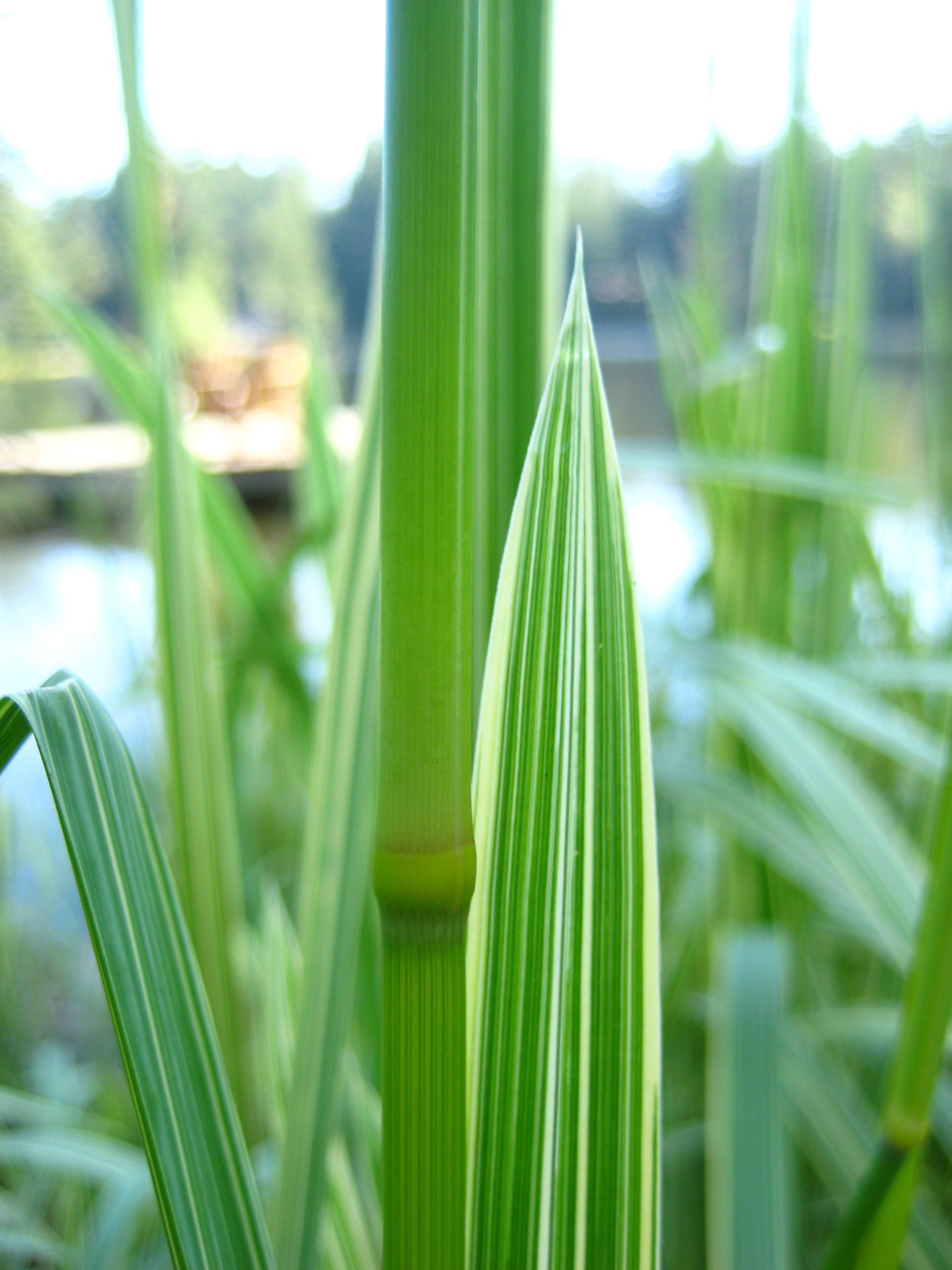Reed sweetgrass identification and control
Information about the noxious weed Reed Sweetgrass. Reed Sweetgrass is also known by its Latin name, Glyceria maxima.
About this weed
Reed Sweetgrass is a Class A noxious weed in King County. This means eradication is required state-wide. Reed Sweetgrass is also on the Washington quarantine list.
Reed Sweetgrass is known as Glyceria maxima and it is in the grass family. It is native to temperate areas of Europe and Asia and is also called tall manna grass and reed grass.

Why it's a problem
Reed Sweetgrass is an aquatic weed that spreads aggressively and is a serious threat to wetlands. The roots can reach 1 meter deep and it has rhizomes (horizontal roots that sprout new plants) that form dense stands. Reed sweetgrass crowds out other plants, decreasing biodiversity and degrading habitat for waterfowl and fish. It has also been found to trap sediment which can alter wetland structure.
Plant description
- Reed sweetgrass is a perennial wetland grass which grows up to 8 feet (2.5 meters) tall.
- Leaf blades are flat and shiny with a prominent midvein. Leaf edges have short stiff hairs that feel rough to touch. Leaves are sometimes variegated, with long white stripes on the leaf blade.
- Stems are unbranched and often reddish at the base.
- Blooms June-August. The flowers are arranged in an open, branching cluster and may be yellow, green or purple-tinged.
- Seeds are small and dark brown.
- Reed sweetgrass also spreads by creeping rhizomes (horizontal roots that sprout new plants).





What to do if you find it
Property owners are required to control reed sweetgrass on lands that they manage. Eradication of this plant is feasible because there are very few records of it in King County. Please notify the Noxious Weed Control Program if you see reed sweetgrass growing in King County. We can provide the property owner or appropriate public agency with site-specific advice on how best to remove it. We map all known locations of regulated noxious weeds to help us and others locate new infestations in time to control them.
Control methods
In areas with few weeds, it is important to act quickly before they become harder to control. Make a long-term plan as it often takes several years to get rid of most weeds. Start in the least infested areas first and then move into more heavily infested areas. To reduce costs and environmental impacts, please consider a combination of methods.
Manual Control
Small patches can be dug up, make sure to remove entire root mass. Bag and dispose of roots and seedheads. If accessible and the stems are not underwater, mow reed sweetgrass at least two or three times a season to decrease root biomass and allow other plants to compete. Mowing will not kill the weeds, however. Small patches can be controlled by covering with heavy duty black plastic.
Chemical Control
Larger patches most likely will need an herbicide treatment to be effective. Avoid spraying where herbicide may enter a waterway or wetland unless you are using a state-approved aquatic herbicide and have the required permits and licenses to do so. Use of pesticides in water is regulated in Washington state. See Washington Department of Ecology Aquatic Pesticide Permits for details.
An aquatic formulation of glyphosate or imazapyr will be most effective in the summer or early fall. It is best to spray when the water level is low. Also, plant decomposition after treating a large area can reduce dissolved oxygen in the water and harm aquatic life. It is best to remove the dead plant material after the herbicide has had time to work (typically 2 to 4 weeks). Established stands usually need at least 2 to 3 years of follow-up treatment.
Disposal instructions
Dispose of all flower heads and roots in the garbage. If plants are seeding be very careful not to spread the seeds.
Washington State Noxious Weed Control Board pamphlet on noxious weed disposal

 Translate
Translate